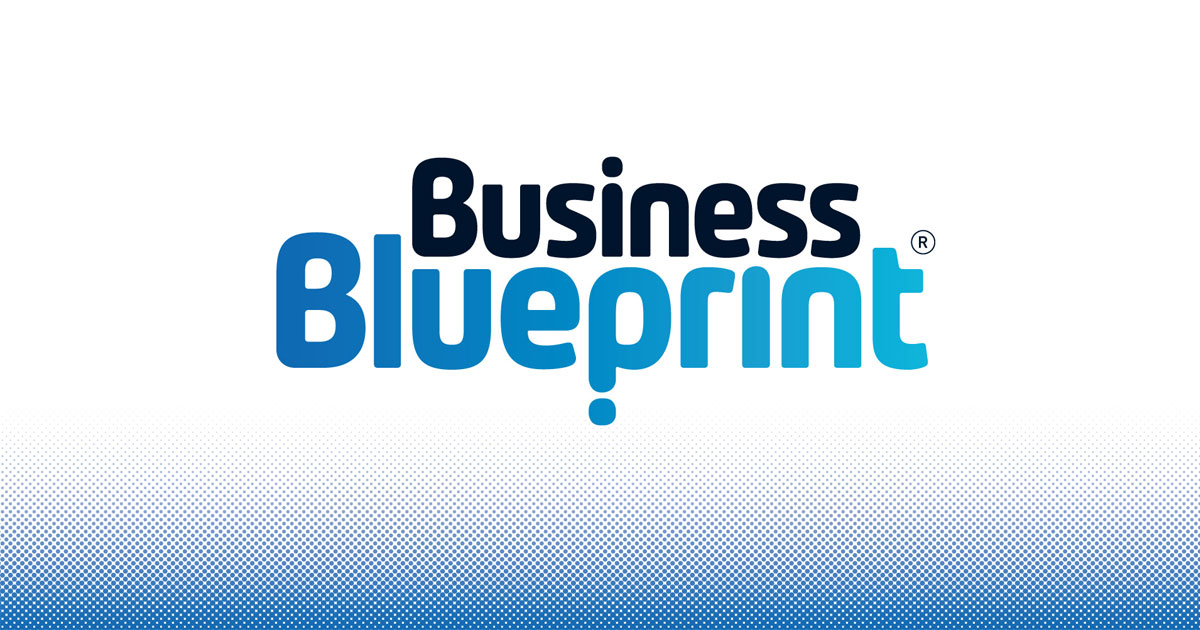BookRapper.com rewrites and re-designs important business books so they can be read in 30 minutes. This is a summary of Book Rapper’s version of Douglas Atkin’s ‘The Culting of Brands’. High-thriving brands have re-branded branding. They know their DNA is a holistic part of how our world functions. They get that we all have a stake in the future of brands and that loyal followers are savvy about how and when they spend their dollars.
In the 20th century, identity was linked to what you did in terms of education, profession and religion. It was a signifier of class, cast, and race. As we embrace the 21st century, brands have become the objects and stories by which we make sense of identity. Brands define how we see ourselves and how we connect. Identity is now what we consume. After millennia of practice biological and cultural evolution have merged. And brand evolution has been tossed into the mix. Brands are tied into personal identity, feelings and lifestyle as organisations manipulate meaning in our lives and our culture. They subtly – or not – attach belonging and meaning to their products. Happiness is now linked to consumption.
Originally soap was a homemade, boiled up, greige bar of lard that people use to clean off grime and sweat. Today, organisations have Chief Community Officers who oversee the relationship between a soap brand and it’s community. Soap is styled to sell lifestyle; a lifestyle that has nothing to do with personal hygiene or survival. We no longer buy soap; we are sold sensuality, fun, luxury and regeneration. Yes, we now buy ourselves meaning and belonging! Brands are valuable. Phillips-Van Heusen has just bought the Tommy Hilfiger brand for a cool $3 billion. That’s a lot of clothes! And once again, no survival value here. This brand is worth heaps more than the tangible assets of the company. The value is in the brand; a brand that provides meaning, image and a place to belong. Brands realign our misguided sense of survival. Brand driven society is removed from nature. We’ve forgotten how to relate to the planet as an equal partner. And yet, in our innate wisdom, we know this fragile partnership is vital to our survival. We want to find a better way forward. High-thriving brands correctly read this want and responded with a meta-shift in branding. Welcome to the citizen led leap in brand evolution. Brand communities are the new order. This seismic transformation has organisations training their lasers on inclusional branding. Words like ‘audience’, ‘target’ and ‘consumer blur the edge; ‘citizen’, ‘community’ and ‘collective’ sharpen the focus. Brand control has shifted from the producer to the citizen and cult branding is right on trend.
The Brand Arrow: Brands live in the minds of consumers more than in the producer’s logo or balance sheet. Brand development is bi-directional. Sometimes organisations design the brand, build it, drive it and tell us all about it. Other times, they need to sit back and let us shape it, talk about it, share it and tell them what’s happening.
To demonstrate this inclusive interaction, BookRapper.com designed the Brand Arrow based on Atkin’s ‘The Culting of Brands’. It’s a model made up of 9 components that together create a ‘Brand Plan’. Its function is to lead a brand in a consistent direction.
Components of the Brand Arrow are:
- Cause: What is your cause? What do you want to have happen? If you’re not out to cause something, you don’t have a brand. Your cause is the sharp end of your Brand Arrow. It’s at odds with the current world-view and needs to be to attract a band of worshippers. Your cause is your reason for existence; your point of view; and your point of difference.
- Believe: Belief and belonging are bedfellows. We need to belong to survive. We need to have similar beliefs to create a common world-view to survive together. We no longer buy products; we buy into a belief system. And, this means that we buy into a community of like-minded people with a similar world-view.
- Build: Your cause and your beliefs become valuable when you make them tangible. Create physical building blocks to cement your group’s feelings of solidarity. These tangible elements are designed to create group identity and to encourage advocacy and sharing about your group, by your group.
- Demonise: Stop trying to please everyone. Your goal is to create a unique group identity. To achieve this you need to distinguish yourself from other groups. The most direct way to do this is to identify a villain to defeat. Who and what is your biggest tangible or intangible threat?
- Touching: It’s a huge mistake to believe that your product or your logo is your brand. Your brand is the feeling that people get when they think about, talk about and interact with, your business. It’s an emotional charge. To create brand worship, you need to plan and design when, where and how your flock come into contact with your brand.
- Meaning: Products and services are copied, imitated and sold. However, it’s hard to duplicate meaning. Enable consumers to find meaning through your brand. Cult brands enable people to make sense of their world. They are a complete meaning system that your followers use to act out their beliefs and values. Meaning is a big part of what your community buys.
- Belonging: A feeling of security within a group of like-minded people is a safety net. It enables individuals to feel strong enough to express inner thoughts and feelings. Business celebrates being ‘customer focused’ and yet fluffs the chance to satisfy consumers basic human need to belong.
- Commitment: Commitment happens when you act on ideology that says: “Yes, I believe this. Yes, I’ll be part of this”. The key to a secure commitment is to take incremental baby steps. You don’t get married on your first date. Gradually increase interactions to strengthen relationships. Small increments work in the interests of both the producer and the consumer.
- Lead: To lead a community of people who choose to follow you is very different from leading a band of conscripted soldiers. Your presence, manner and tone need to reflect that you understand and value your community. You’ll need to influence your group in novel and different ways. They are savvy, independent individuals. Nurture them and they’ll grow with you. Conversation and community highlight the inclusive brand leader.
These 9 components of ‘The Culting of Brands’ are oxygen to a citizen rich brand. To high-thrive in this community you need a brand plan. You can realign yours with the BookRapper.com Brand Arrow.
Douglas Atkins proclaims brands as the new ‘religion’ and cites them as ‘nourishment’ for the human condition. He’s on to something. Something big. To get the complete Brand Worship article visit www.BookRapper.com


